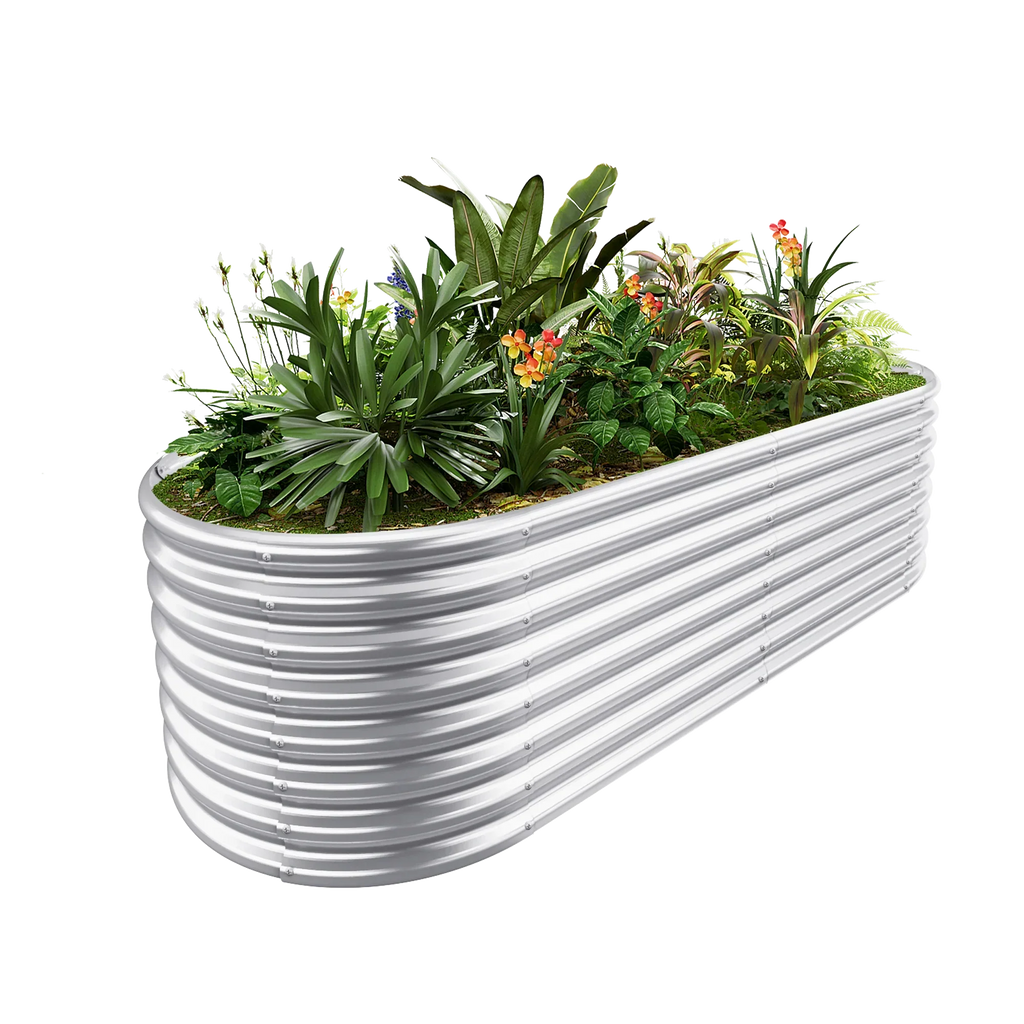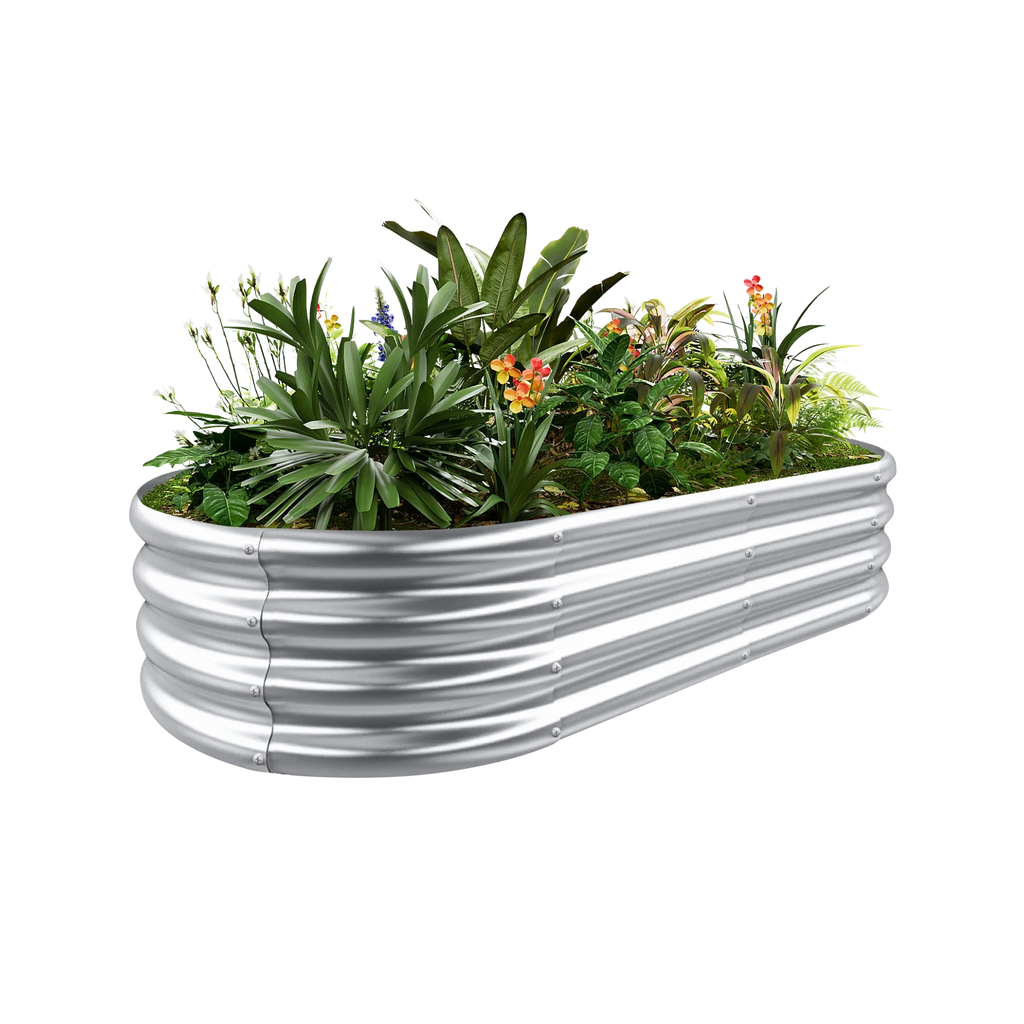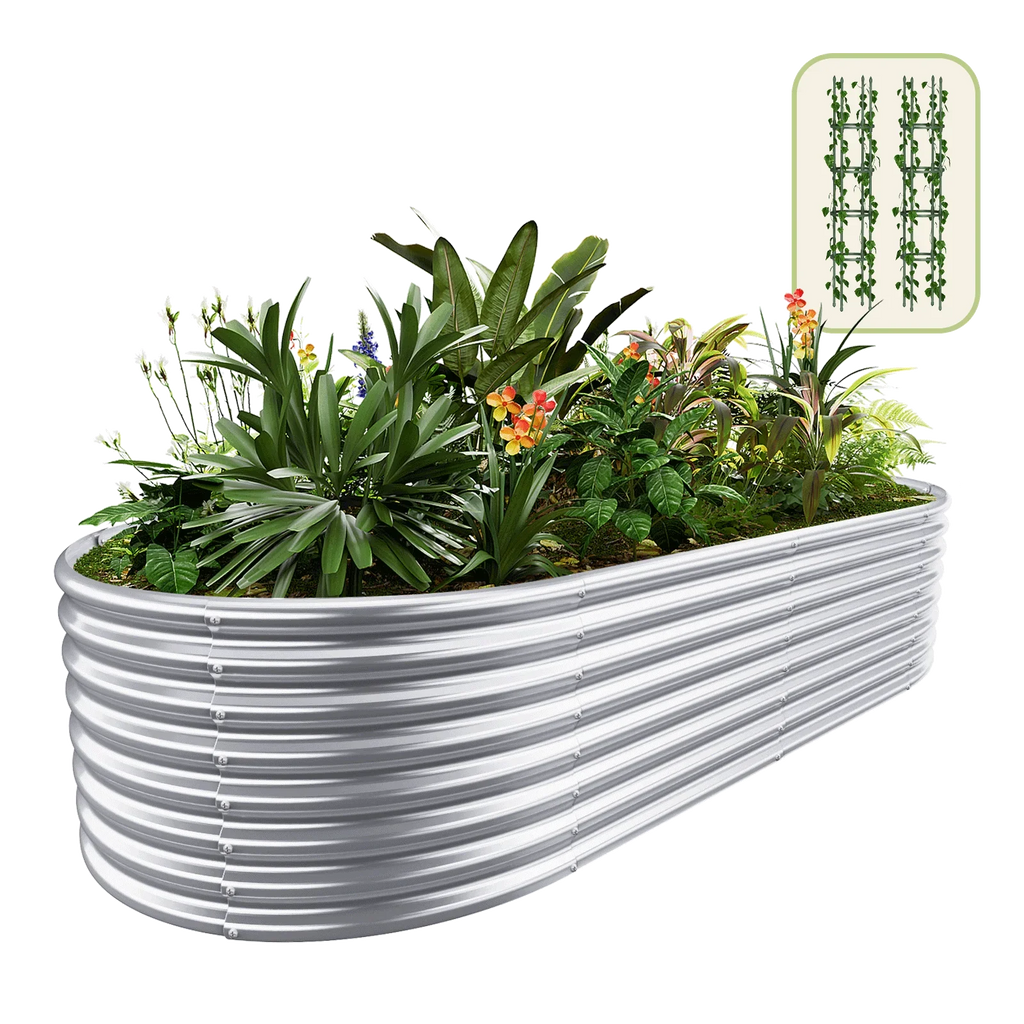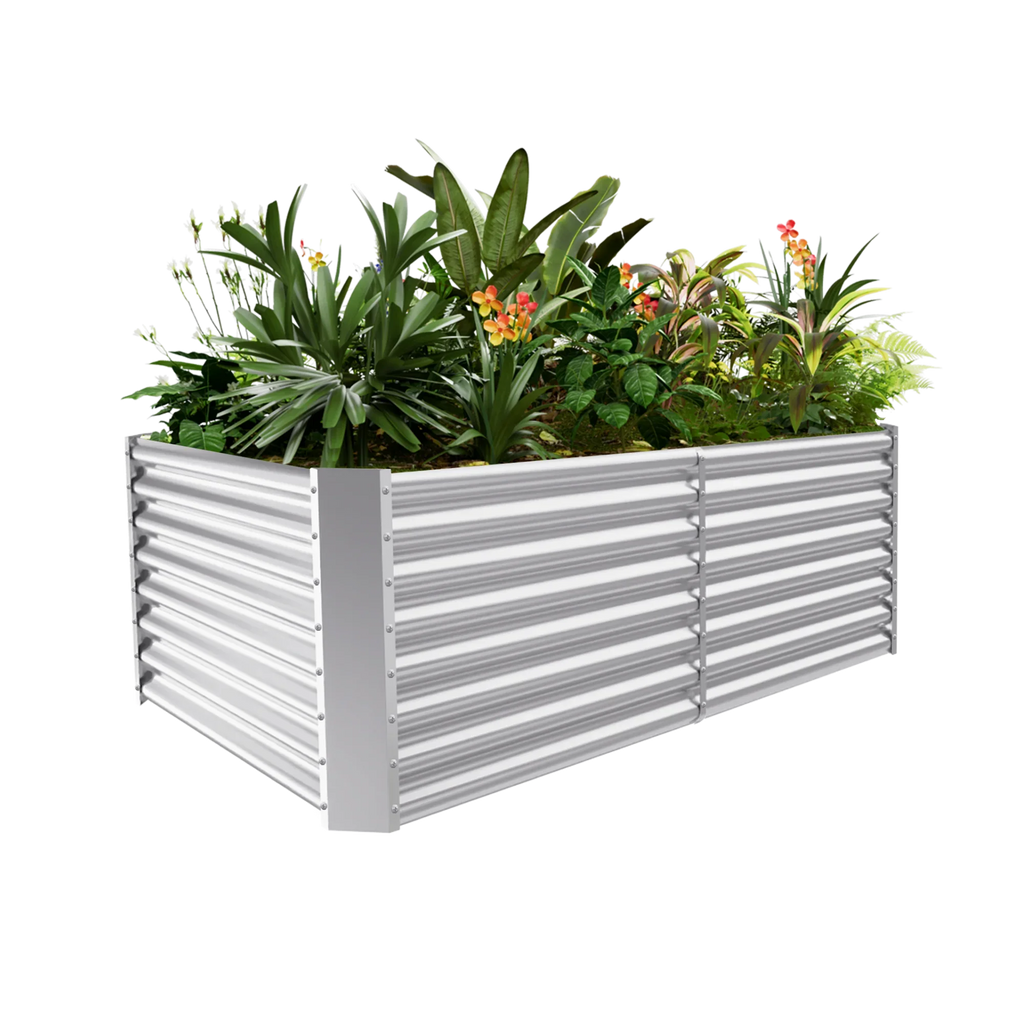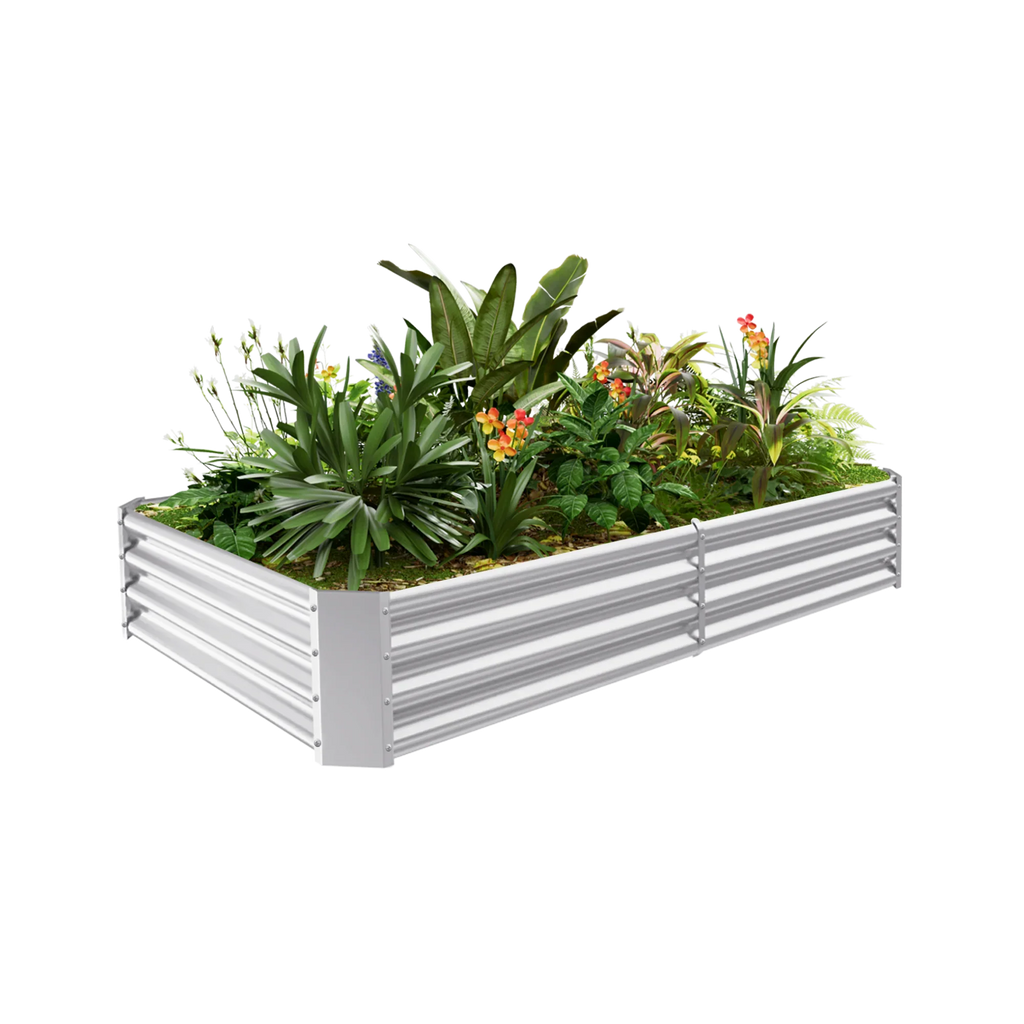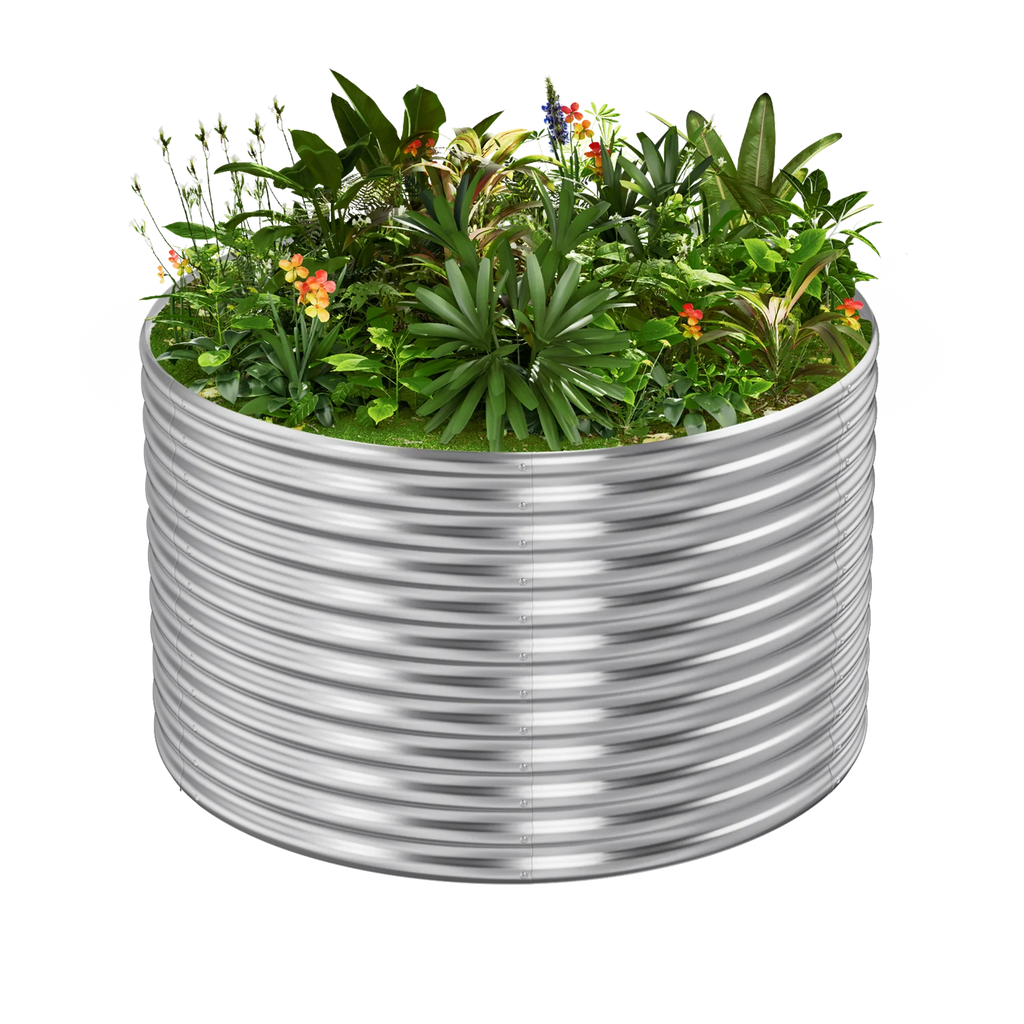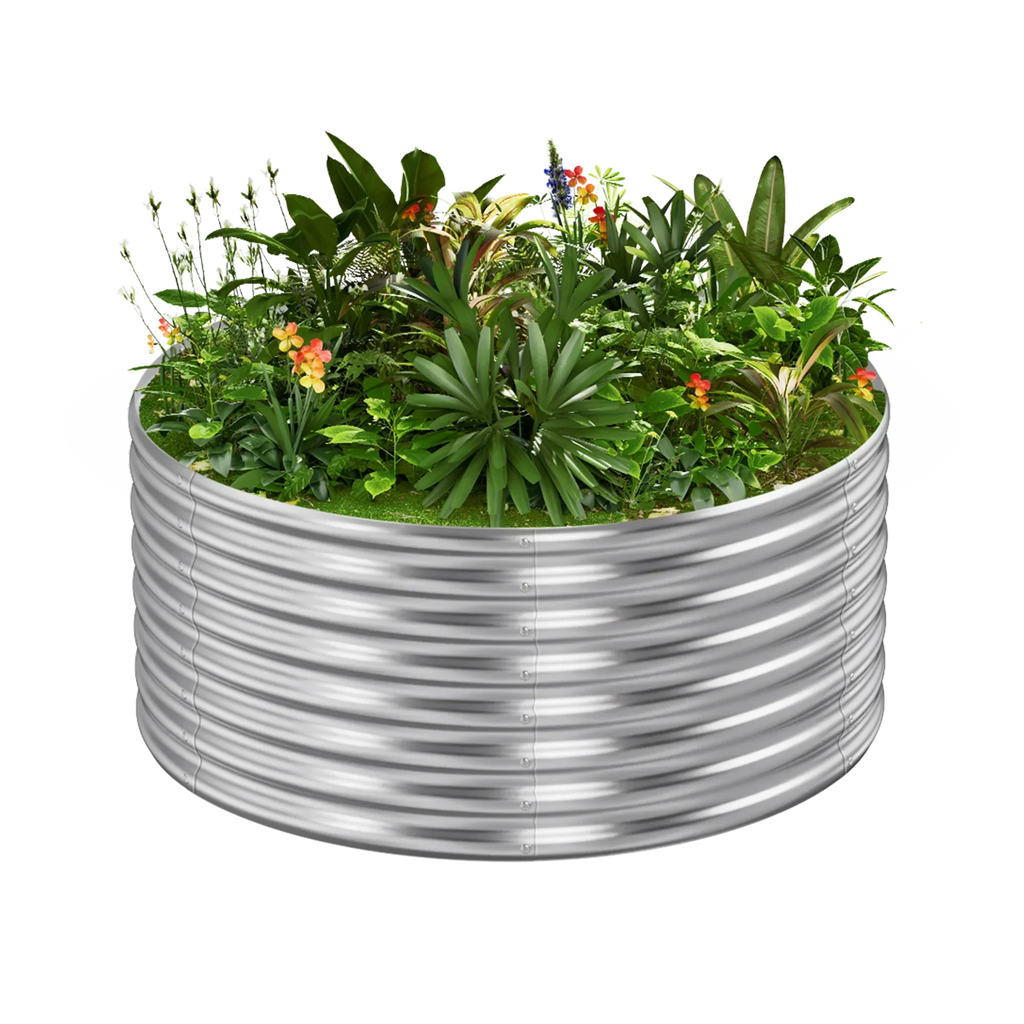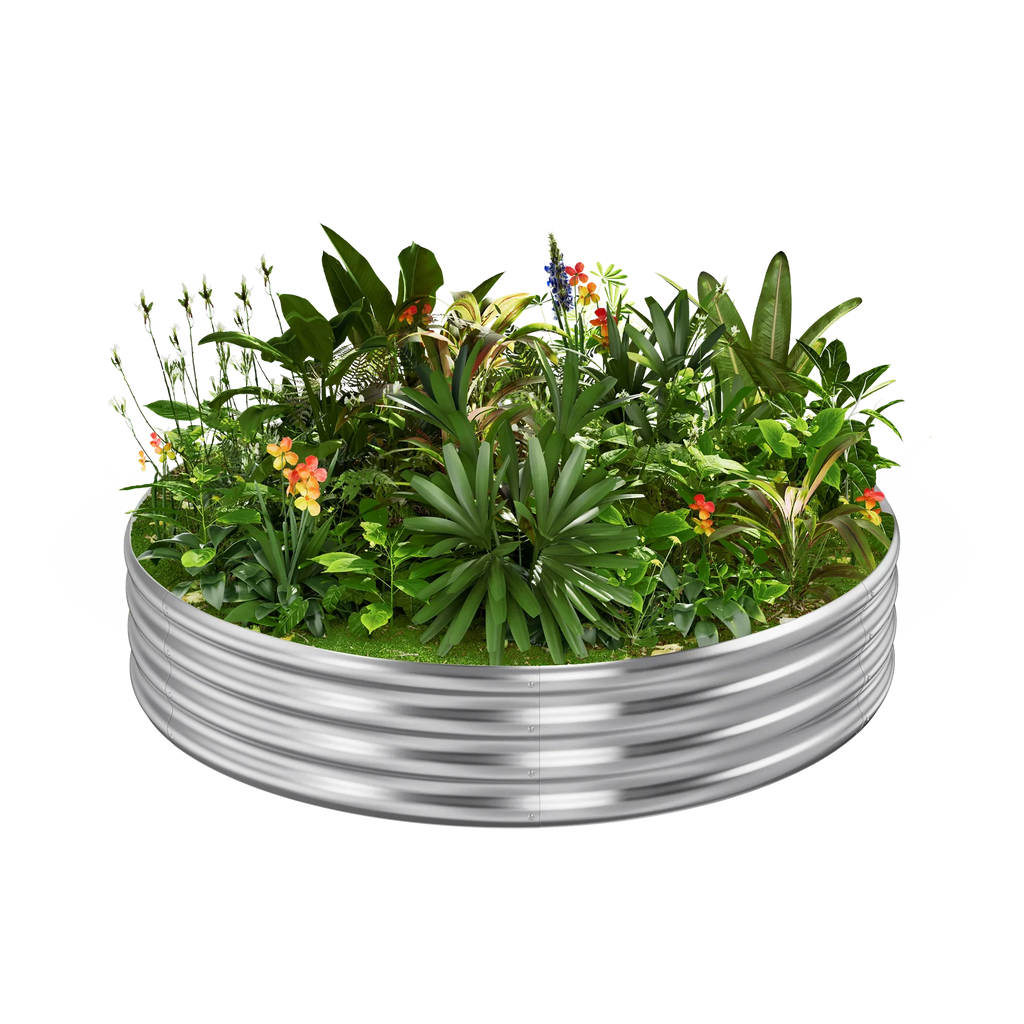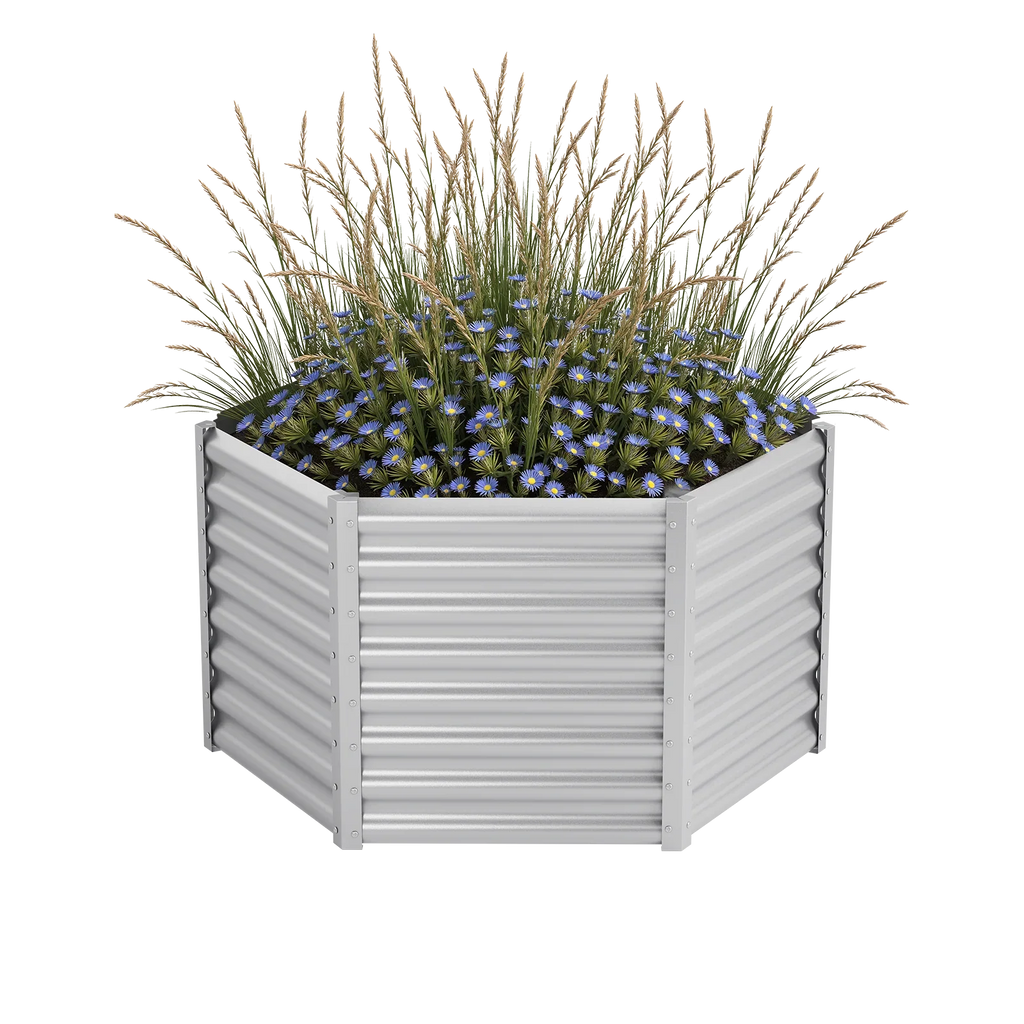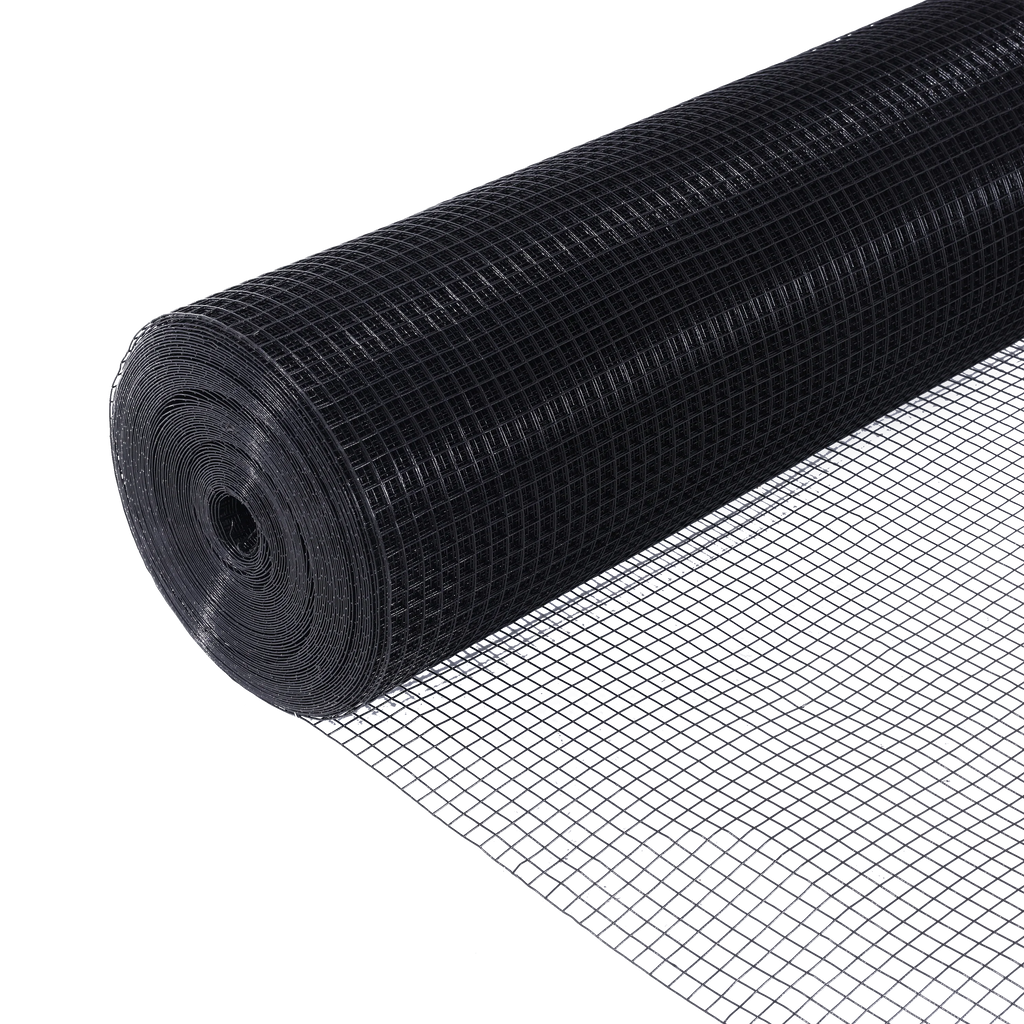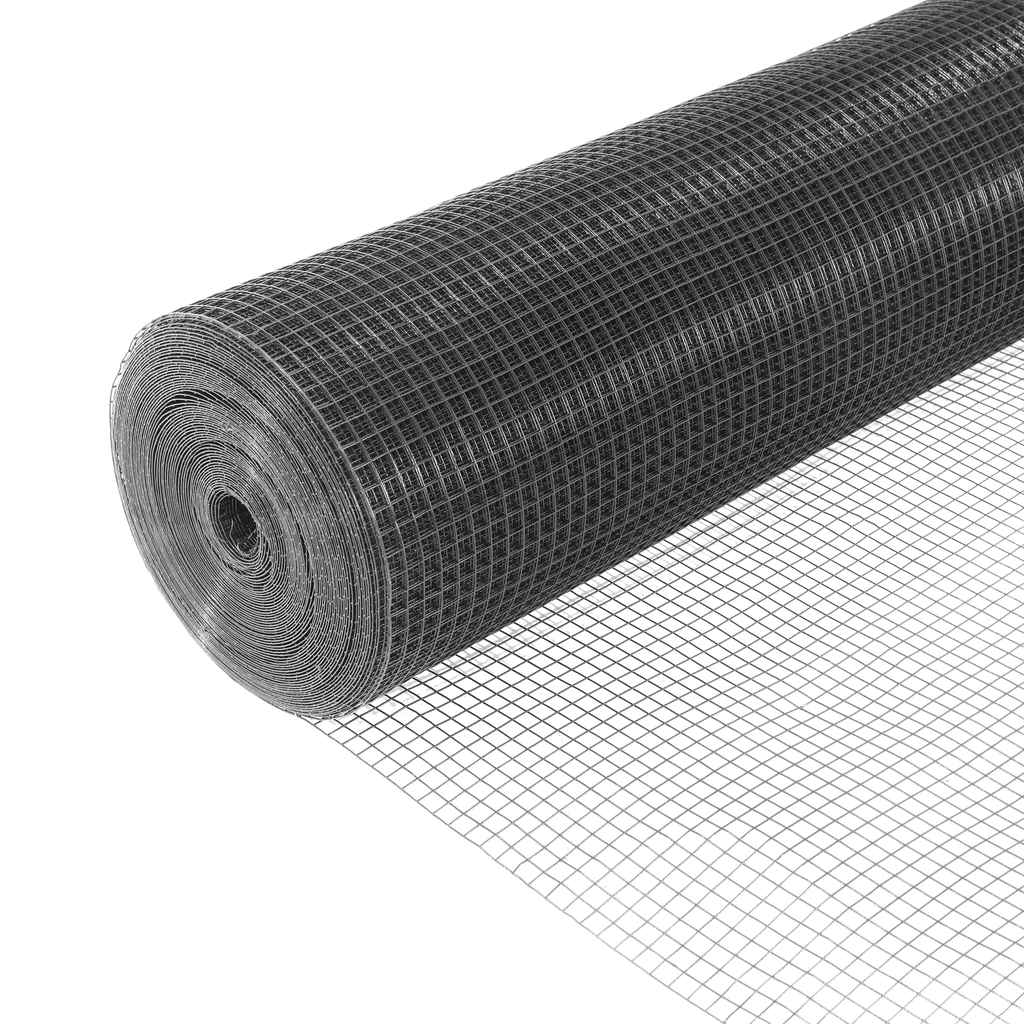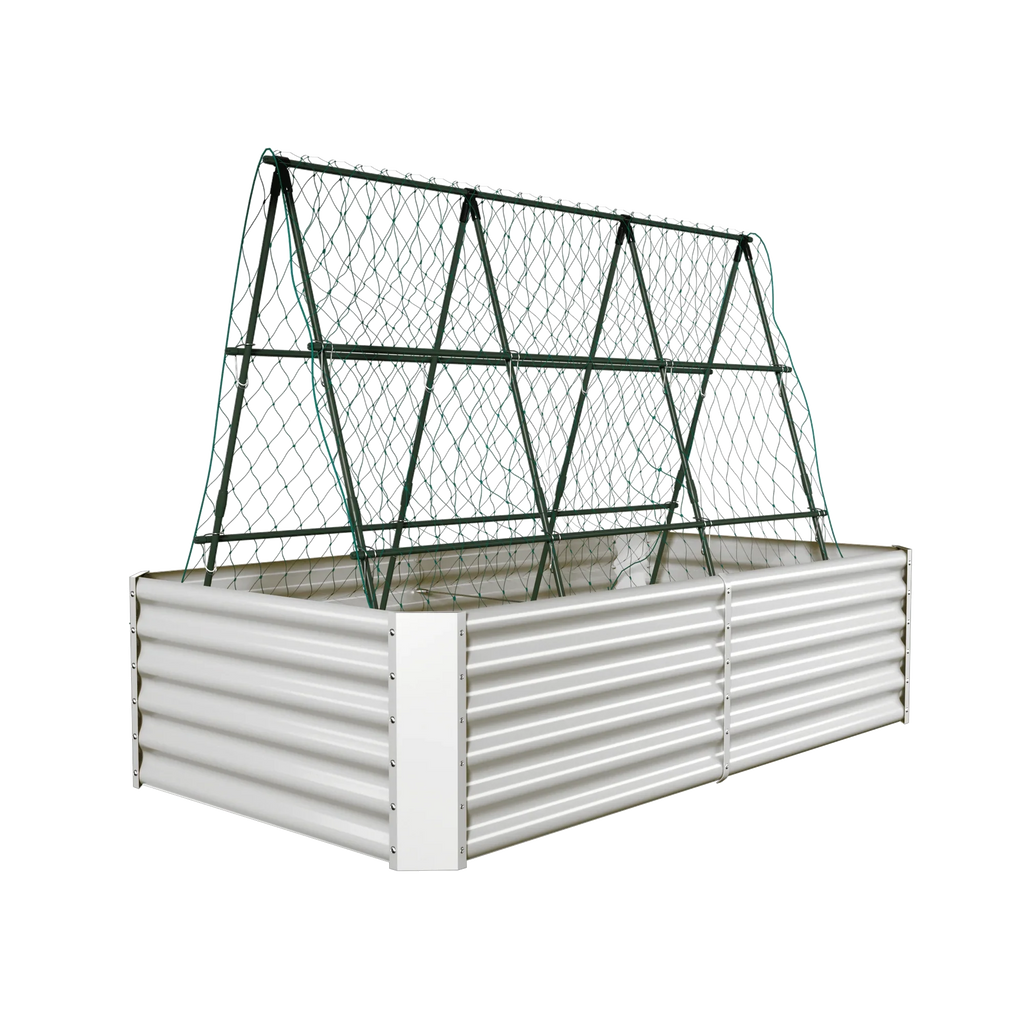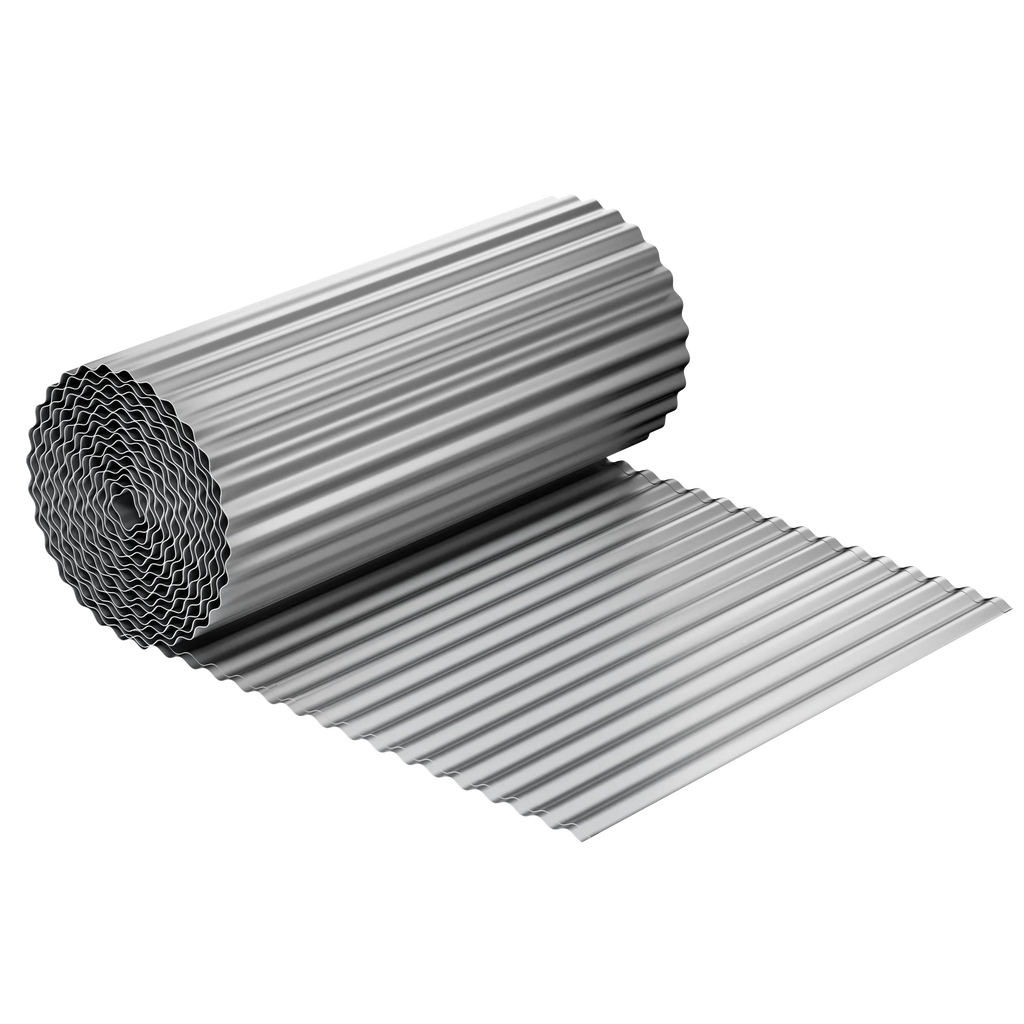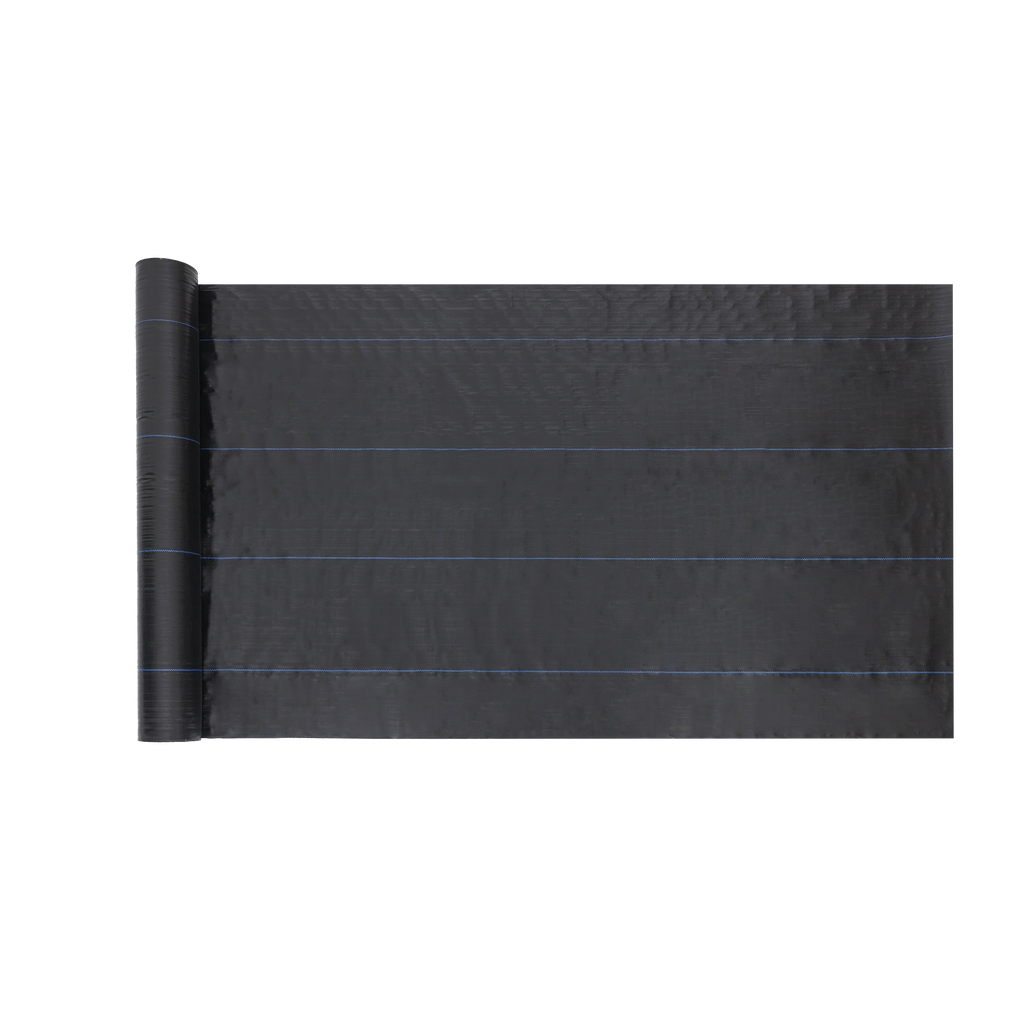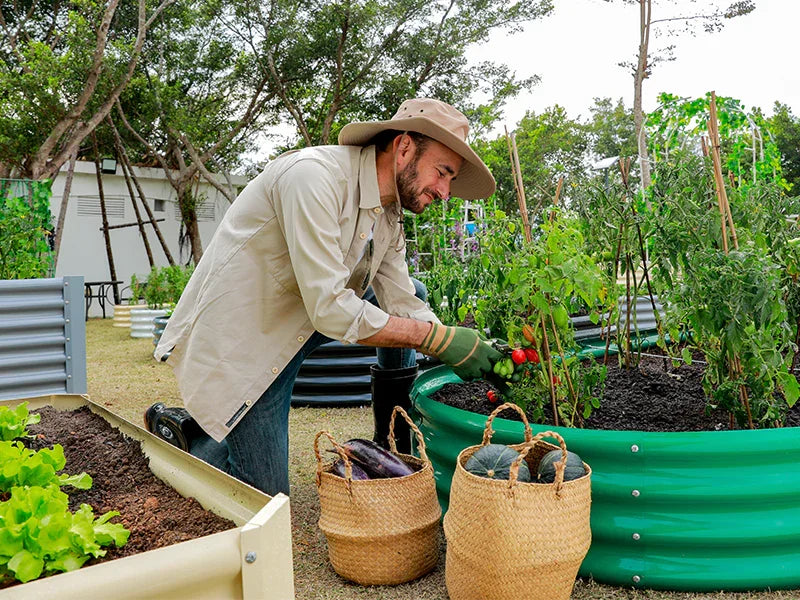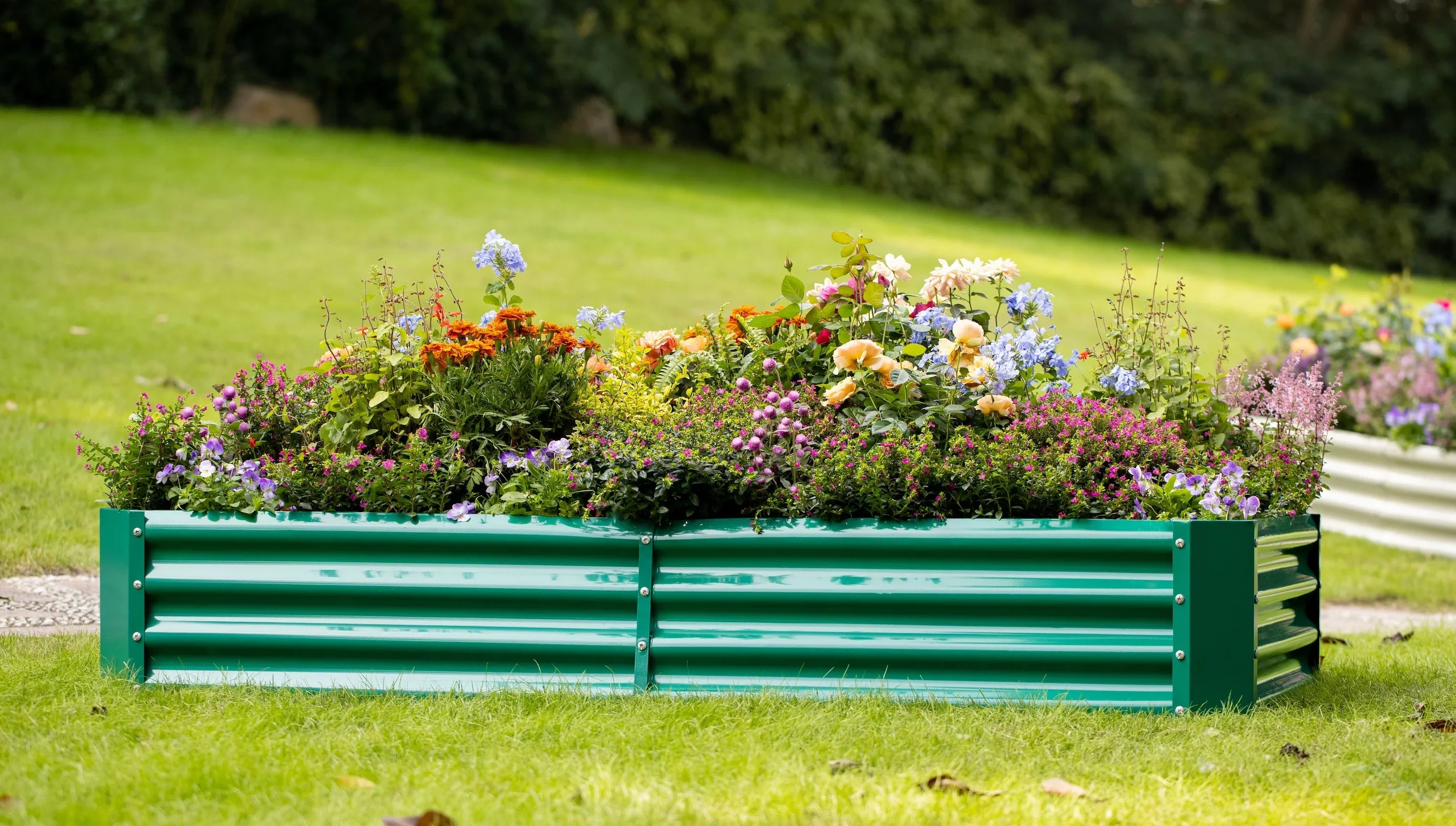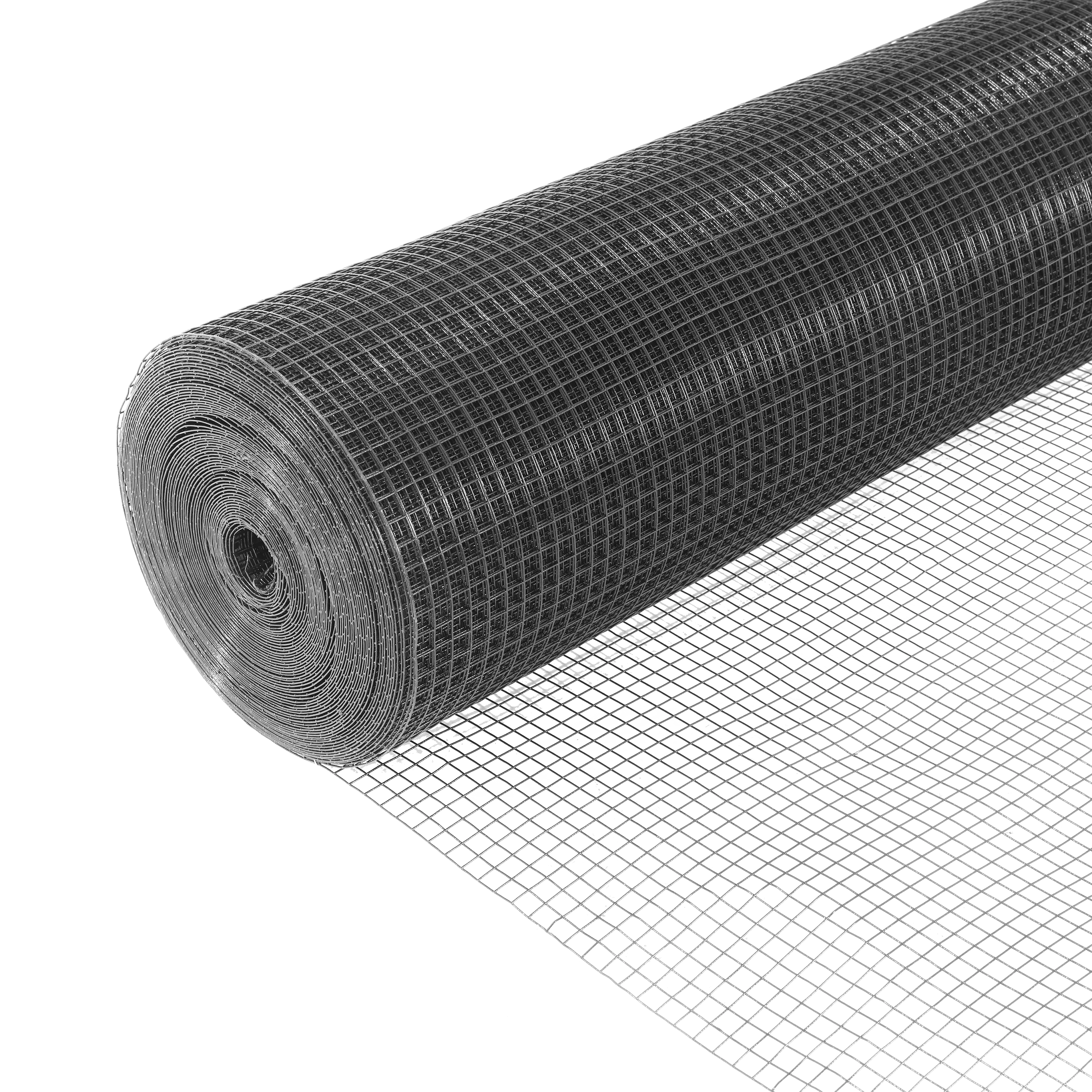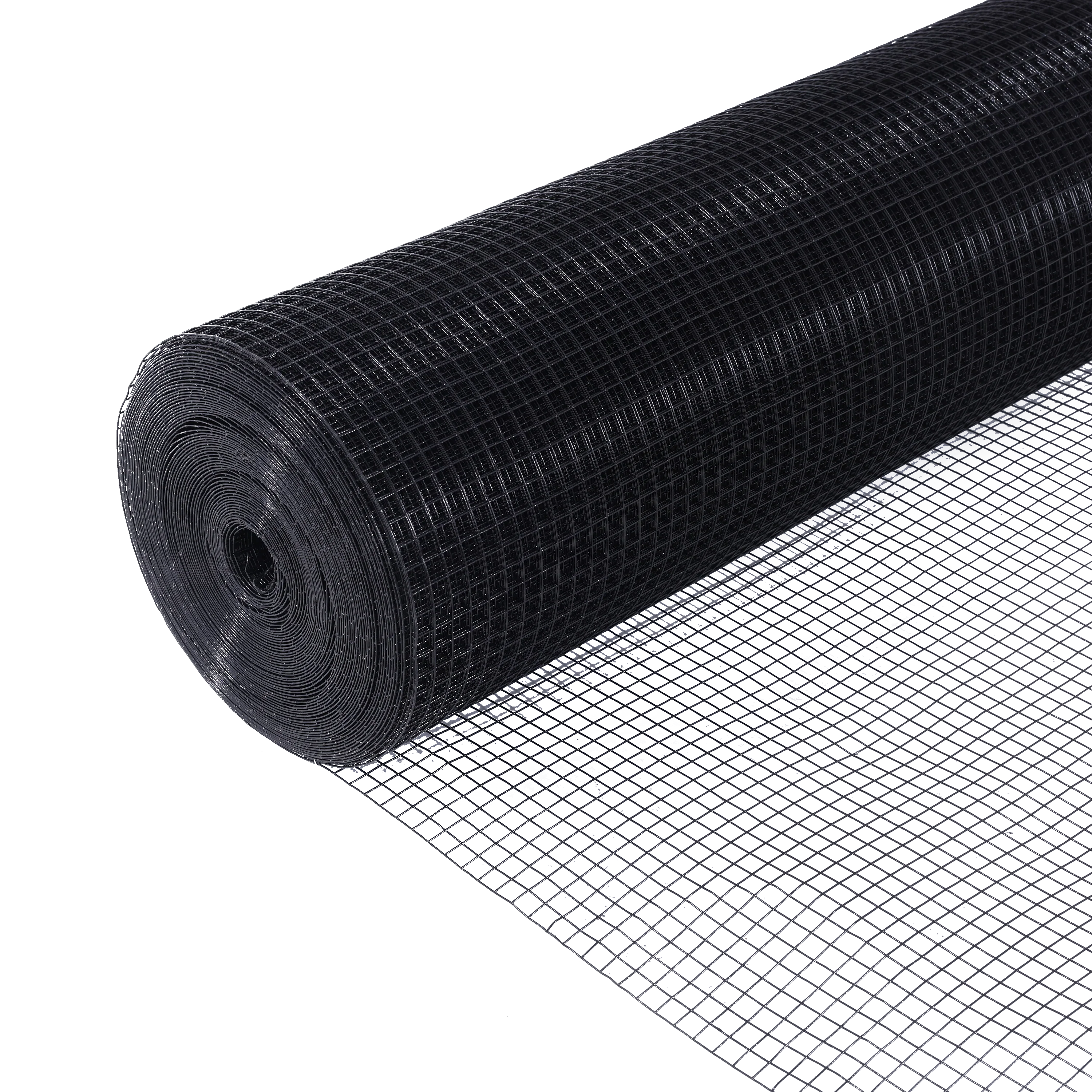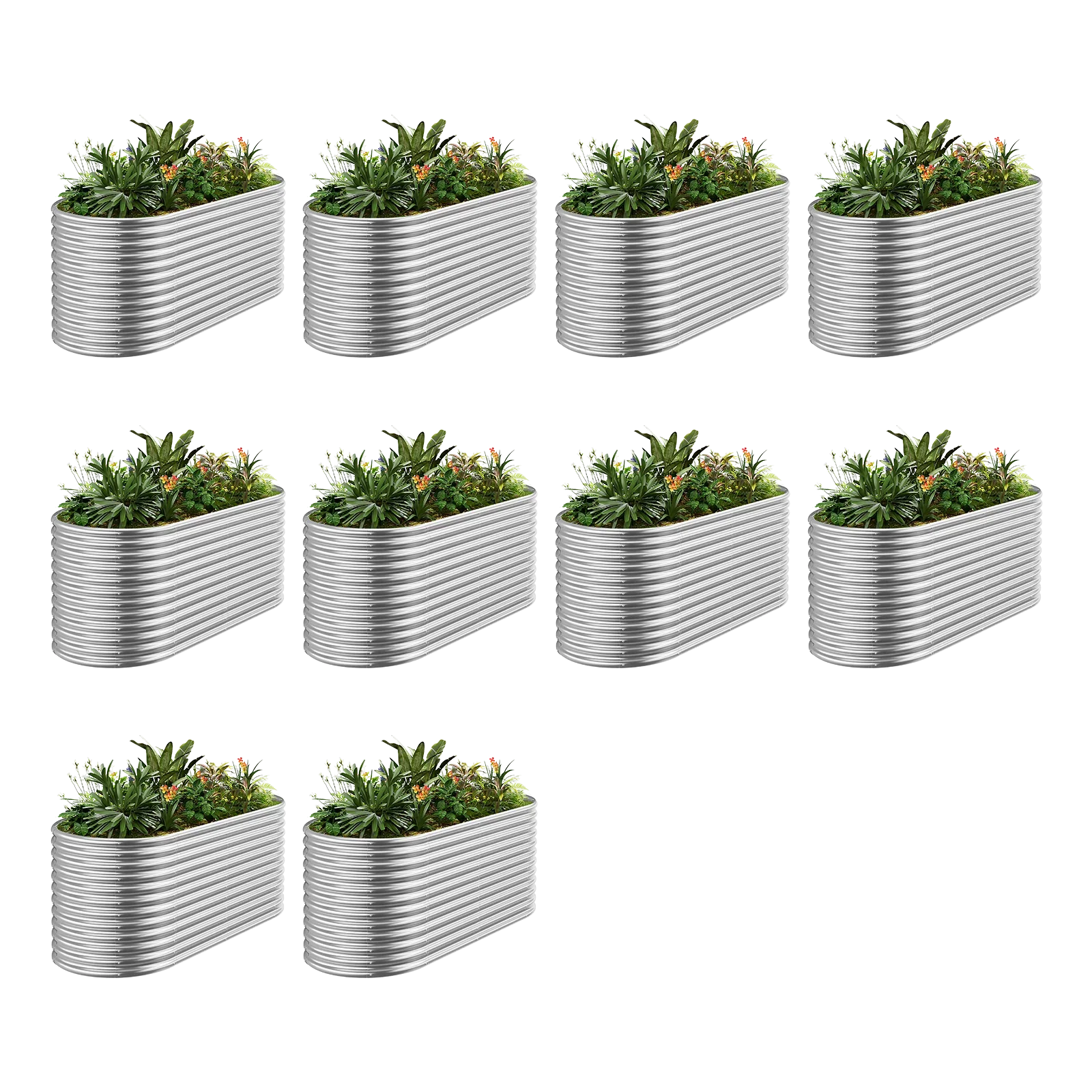If you want to pick the best raised garden bed with legs in 2025, you should look at a few key things: material, stability, size, drainage, assembly, and price. Beds with a width of 3 to 4 feet help you reach all your plants easily. Depth matters too; 6 to 8 inches works for most veggies. Self-watering features can make your life easier. Raised beds, like landguard raised beds, keep gardening comfortable and accessible. More people choose these because they improve soil and drainage. Watch out for common mistakes, such as picking the wrong size or material, using poor soil, or placing your bed in a shady spot. You can do this, even if you’re just starting out!
Key Takeaways
- Consider the material of your raised garden bed. Cedar and metal are durable options that last longer and resist pests.
- Choose the right size and height for comfort. Beds should be 15 to 18 inches high for most plants, and taller beds are better for those with mobility issues.
- Ensure good drainage to keep your plants healthy. Look for beds with built-in drainage features to prevent root rot.
- Plan your garden space carefully. Measure your area to ensure the bed fits without crowding and allows easy access.
- Watch out for common mistakes. Avoid picking the wrong size, using poor soil, or placing your bed in a shady spot.
What Is a Raised Garden Bed with Legs?
Key Features
A raised garden bed with legs stands above the ground, making gardening easier for you. You do not have to kneel or bend as much. These beds come in different shapes and sizes, so you can pick one that fits your space. Many brands, like Landguard, offer beds made from wood, metal, or plastic. Some even use recycled materials to help the environment. You can find beds with built-in drainage, wide edges for sitting, and modular designs that let you expand your garden later.
Here’s a quick look at how elevated beds compare to traditional ones:
| Feature | Elevated Garden Beds | Traditional Raised Beds |
|---|---|---|
| Height | Waist-high, easy to reach | Ground-level, more bending |
| Construction | Supported by legs or base | Built with walls or borders |
| Drainage & Aeration | Superior due to elevation | Good, but less than elevated beds |
| Pest Protection | Deters slugs and rodents | More accessible to pests |
| Soil Quality | High-quality, less compaction | Can be compacted or contaminated |
| Growing Season | Warmer soil, longer season | Warmer, but less than elevated beds |
| Design Flexibility | Customizable height and size | Customizable shape and size |
Benefits
You get a lot of perks with a raised garden bed with legs. You can garden on patios, driveways, or any flat surface. The height makes it perfect if you have back or knee pain. Many gardeners love how these beds warm up faster in spring, so you can plant earlier. You control the soil, so your plants get the best start. In fact, a study in Ohio found that harvests from raised beds almost doubled per square foot compared to regular gardens. You can also keep pests away more easily, and you do not have to worry about weeds as much.
Tip: Raised beds with legs let you garden almost anywhere—even if you do not have a yard!
Drawbacks
There are a few things you should watch out for. Raised beds with legs can cost more to build or buy. You cannot improve the soil under the bed, so root crops might not grow as deep. These beds dry out faster, so you need to water them more often. Sometimes, extra watering can wash away nutrients, so you may need to add fertilizer. The work and expense can be higher at first, but many gardeners feel the benefits are worth it.
Key Factors
Material
Choosing the right material for your raised garden bed with legs makes a big difference in how long it lasts and how much work you need to do. You’ll find three main types: wood, metal, and plastic. Each has its own pros and cons.
- Cedar: This wood is naturally resistant to rot and pests. It can last at least 10 years before it starts to break down. Redwood and hemlock are also good choices if you want something that lasts.
- Metal: Beds made from galvanized steel or similar metals can last up to 30 years. They’re super durable, but they can make the soil hot in summer. You’ll need to make sure there’s good drainage so your plants don’t get root rot.
- Plastic: These beds are lightweight and easy to move. However, they might not look as nice, and some plastics can block air from reaching the soil. Over time, plastic can break down and release microplastics, which isn’t great for the environment.
Tip: If you want a safe and long-lasting raised garden bed, cedar or metal are your best bets. Brands like Landguard often use these materials for their beds.
Stability
You want your raised garden bed to stay put, even if the wind picks up or your yard isn’t perfectly flat. Stability depends on both the design and where you place the bed.
- Plan your garden space. Look for a flat spot, or use supported beds if your yard is sloped.
- Make sure the frame is level. This helps water and nutrients spread evenly.
- Choose sturdy materials like treated wood or metal for extra durability.
- Set up your bed with enough space around it so you can reach all sides easily.
Supported raised beds work well on slopes and help prevent soil from washing away. Elevated beds also make it easier for you to reach your plants, which is great for accessibility.
Size and Height
The size and height of your raised garden bed affect both your comfort and your plants’ health. Most kitchen garden plants do well in beds that are 15 to 18 inches high. If you have trouble bending or use a wheelchair, you might want a bed that’s 2 to 3 feet tall. This makes gardening much more comfortable.
- Beds that are 12 to 18 inches deep work for shallow-rooted plants.
- For deeper-rooted veggies like carrots or asparagus, go for 18 to 24 inches or more.
- If you want to garden while sitting or standing, look for beds that are at least 27 inches high and no wider than 25 inches for easy access.
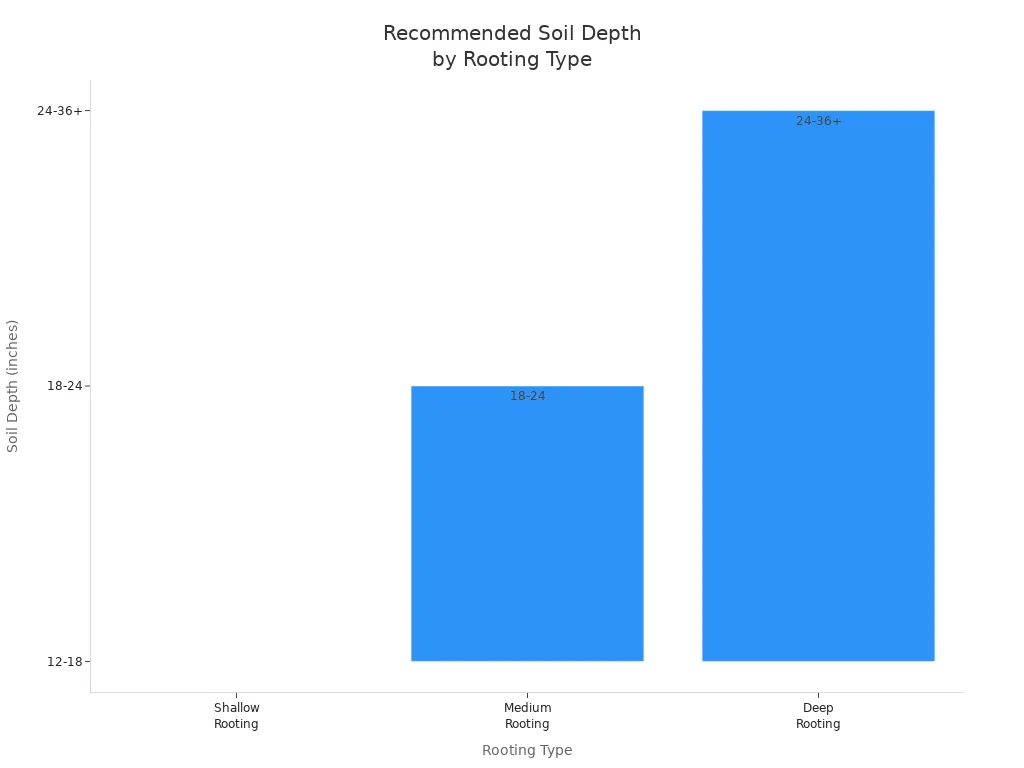
Note: Raised beds at 30 inches high are perfect if you have back pain or use a wheelchair. Lower beds may require more bending.
Drainage
Good drainage keeps your plants healthy and prevents root rot. Raised garden beds with legs naturally drain better than in-ground beds, which is a big plus if your yard has heavy clay or poor soil.
- Look for beds with built-in drainage holes or slats.
- Make sure the soil you use drains well, too.
- Metal beds need extra attention to drainage, since water can collect at the bottom.
If you live in a rainy area, drainage becomes even more important. Too much water can wash away nutrients and harm your plants.
Assembly
Setting up your raised garden bed should be easy, not stressful. Some beds, like those from Landguard, come with clear instructions and can be put together without tools. Others might need screws or special fittings.
- Tool-free beds are great if you don’t have a lot of strength or experience.
- Composite lumber beds usually take about 30 minutes to assemble.
- Plastic kits can be ready in 20 minutes or less.
Tip: Always follow the instructions closely. This helps your bed last longer and keeps it sturdy.
Price
Prices for raised garden beds with legs in 2025 range from about $50 to $365, depending on size, material, and features. Here’s a quick look at what you might find:
| Product Name | Price Range | Features |
|---|---|---|
| Gardener’s Supply Company Heavy Duty Cedar | Expensive | Large growing space, durable materials |
| Keter Urban Bloomer | Expensive | Beginner-friendly, compact, includes water gauge and drainage system |
| Foyuee Galvanized Raised Garden Beds | ~$50 | Affordable, large growing space, sturdy materials |
Higher-priced beds often use better materials and offer more features, like self-watering systems or extra-deep soil space. If you’re just starting out, an affordable metal bed can give you plenty of space without breaking the bank.
Remember: The best raised garden bed for you fits your budget, space, and gardening goals.
Raised Garden Bed Comparison
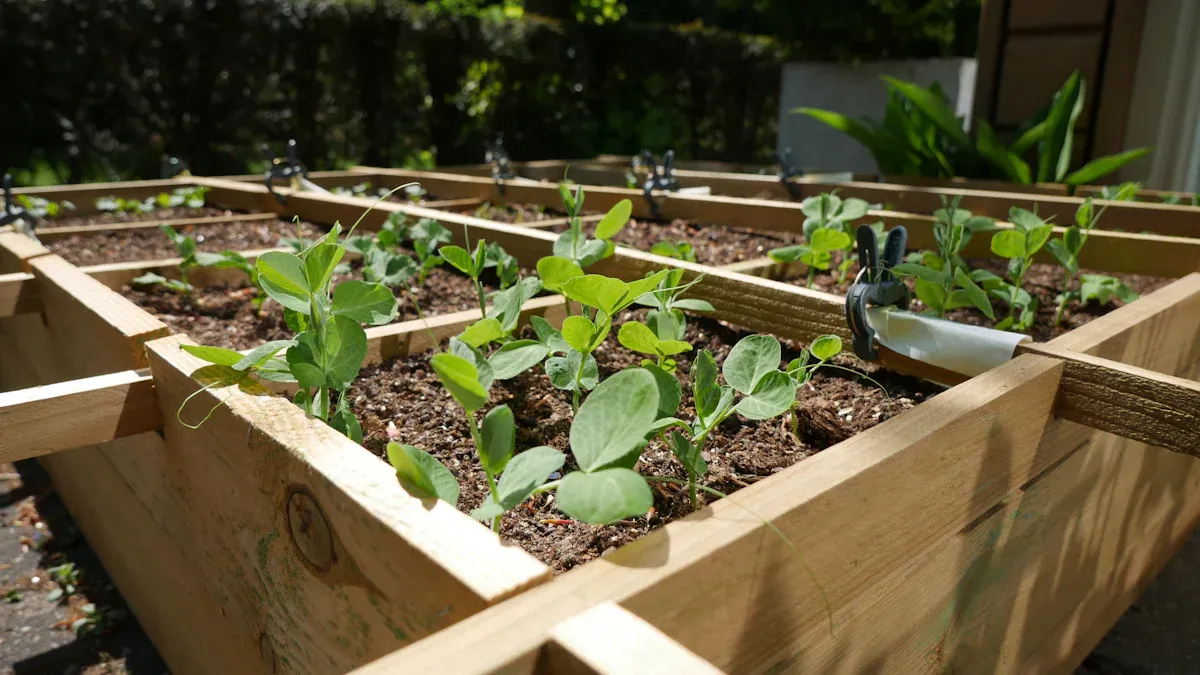
Popular Types
You have lots of choices when picking a raised garden bed with legs. Some models stand out in 2025 because they are easy to use and last a long time. Here’s a quick look at what’s popular:
| Product Name | Price | Description |
|---|---|---|
| Lifetime Raised Garden Bed Kit | $114 | Easy-to-assemble, ideal for larger spaces. |
| Lifetime 4 x 4 Raised Garden Bed | $75 | Affordable option available at Walmart, suitable for various gardening needs. |
| Landguard Raised Garden Bed | $154+ | Sturdy metal frame, modular design, great for patios and balconies. |
Landguard beds get lots of praise for their strong metal frames and flexible design. You can set them up on almost any surface, and they work well for small or large gardens.
Pros and Cons
Each type of raised garden bed with legs has its own strengths and weaknesses. Let’s break it down:
| Material | Durability | Ease of Use | Customer Satisfaction |
|---|---|---|---|
| Metal | Handles tough weather, lasts years | Easy to reach, sturdy | High for Landguard |
| Composite | Stays stable, keeps soil warm | Simple to clean | Good for beginners |
| Recycled Plastic | Lightweight, won’t rust | Quick to move and install | Great for patios |
Metal beds like Landguard resist rust and hold up in rain or sun. Composite beds keep soil warm and need little care. Plastic beds are light and easy to move, but may not look as nice.
Tip: Use a protective liner in your bed to keep soil from leaking and help roots grow strong.
Trends
In 2025, you see more raised garden beds with self-watering systems and modular parts. Many brands offer tool-free assembly, so you can set up your garden in less than an hour. People want beds that fit small spaces, like balconies or patios. You also find more eco-friendly options, such as recycled plastic and FSC-certified wood.
Gardeners love beds with deeper soil space for root veggies. Some new models include built-in frost covers to protect plants early in spring. You can expect more choices that match your style and space.
Choosing Features
Accessibility
You want gardening to feel easy and enjoyable. Raised garden beds with legs help you avoid bending and kneeling. Many models, like those from Landguard, offer features that make gardening more accessible for everyone. Take a look at how certain features help:
| Feature | Benefit |
|---|---|
| Toe recesses | You can stand upright and work comfortably, even if you have balance issues. |
| Multilevel designs | Adjust the height to fit your needs, making gardening less tiring. |
| Wheelchair accessibility | Raised beds let you garden from a chair or wheelchair, so no one misses out. |
You can pick a raised garden bed at any height. Tabletop designs work well if you want to sit while gardening. These options make gardening possible for elderly or disabled gardeners.
Space
Before you buy, measure your space. You want your raised garden bed to fit your patio or balcony without crowding. Experts suggest these dimensions:
| Dimension Type | Recommendation |
|---|---|
| Height | 30–45 cm tall |
| Width | No wider than 1.2 m |
| Ideal Width | 3 to 4 feet |
| Maximum Width | 4.5-5 feet |
| Preferred Length | 6 to 8 feet |
- Check the width so you can reach the center easily.
- Pick a length that matches your available space.
- Leave enough room between beds for walking and tending plants.
Plant Types
You can grow many kinds of plants in a raised garden bed. Compact varieties work best because they save space and give you bigger harvests. Here are some good choices:
- Pole beans and tomatoes do well, but need cages or trellises for support.
- Melons and cucumbers need extra space or bush varieties.
- Tall plants like corn and okra grow best on the north side, so they don’t shade others.
- Lettuce and radishes grow quickly and can be planted with beans.
- Disease-resistant tomatoes are a smart pick for healthy crops.
Think about how your plants grow. Bushy, climbing, or trailing types need different supports and space.
Tips
If you’re new to raised beds, these tips will help you avoid common mistakes:
- Never step on your garden bed. This keeps the soil loose and healthy.
- Plan your watering system before you plant. Place your bed near a water source.
- Use boards at least two inches thick for durability.
- Leave two to three feet between beds for easy access and to let plants spill over.
Tip: Choose a sturdy raised garden bed from a trusted brand like Landguard for long-lasting results.
Here’s a quick checklist to help you pick the best raised garden bed with legs:
| Checklist Item | What to Look For |
|---|---|
| Width | Reach all your plants without stepping in |
| Length | Pick a size that fits your space and leaves room to walk |
| Depth of planting area | Go for 6–8 inches for most veggies; deeper for big plants |
| Self-watering options | Look for features that keep soil moist longer |
| Materials | Choose what lasts and looks good—Landguard beds and pallets both work well |
Think about your space, your comfort, and your budget. The right raised garden bed makes gardening easier and more fun. You’ll love how simple it feels to grow your own food!
FAQ
What is the best material for a raised garden bed with legs?
You should pick cedar or galvanized steel. Cedar lasts a long time and looks great. Galvanized steel, like the kind Landguard uses, stands up to weather and stays strong for years.
How do I keep my raised garden bed stable?
Place your bed on a flat surface. Make sure the legs sit evenly. If you use a Landguard bed, the sturdy frame helps keep everything steady, even in windy weather.
Can I use a raised garden bed with legs indoors?
Yes, you can! Raised beds with legs work well on balconies, patios, and even inside your home. Just make sure you have good drainage so water does not spill everywhere.
What vegetables grow best in raised garden beds with legs?
You can grow lettuce, radishes, tomatoes, and beans. These plants do not need deep soil. If you want root veggies like carrots, pick a deeper bed.
Do I need special soil for my raised garden bed?
You should use a mix of compost and garden soil. This helps your plants grow strong. Avoid using regular dirt from your yard because it might not drain well.






